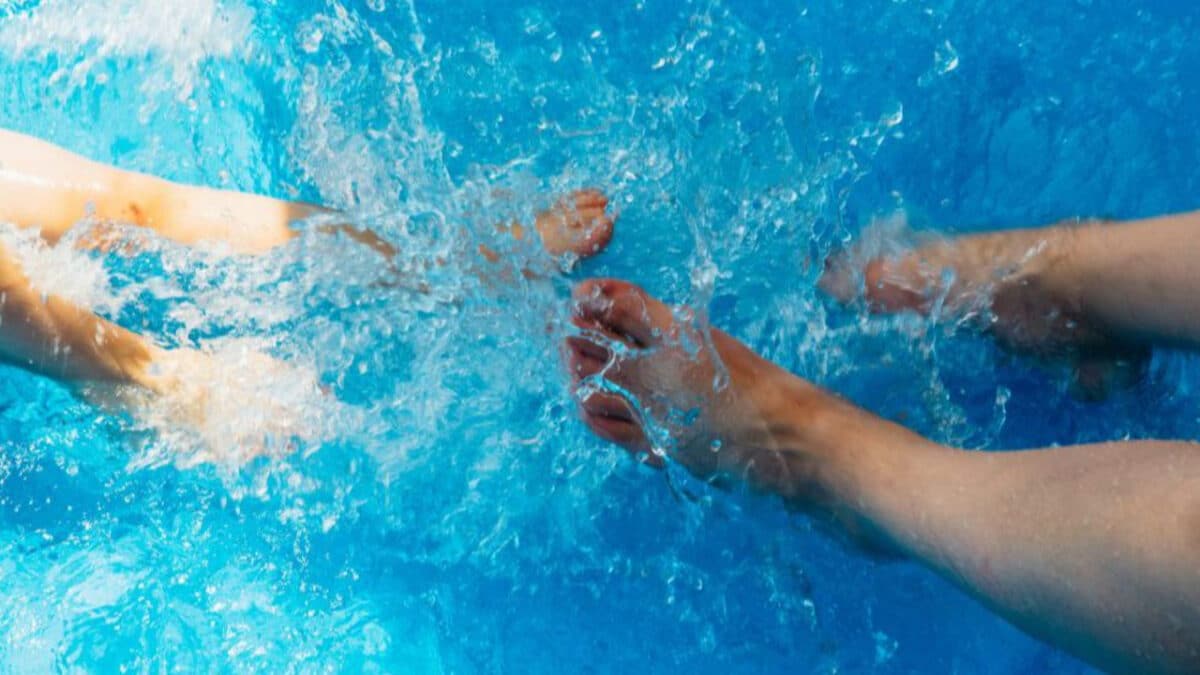The healing properties of water have been utilized by civilizations for centuries. From the Egyptian royal baths infused with oils and salts to the communal pools used in the great cities of Rome during its height to the still famous baths of Budapest, Hungary, societies have known that water heals. The history of the calming, revitalizing waters of these locations has reinvigorated the physical rehabilitation practice of Aqua Therapy.
Aqua Therapy (also called hydrotherapy) takes many forms, each of which contains one underlying theme: utilizing the pressure, heat, resistance, buoyancy and uniqueness that exercising in water holds.
Aqua Therapy can and should be included in any therapy regime that seeks to reduce stress, improve physical fitness, or simply escape gravity for the otherworldly feel of H20.
As stated in Joanne Koury’s report, Aquatic Therapy Programming: Guidelines to Orthopedic Rehabilitation,
“Clients report that not only is movement easier in the water, but less painful, promoting earlier rehabilitation.”
The benefits of water go well beyond reducing pain and increasing mobility, as aqua therapy provides much needed cardiovascular exercise and musculoskeletal strengthening that is more risky on land due to balance or neurological impairments. Having personal experience working with people of all ages in a pool setting for the past decade, I have witnessed the engagement that water requires from a person. While I would not go as far as to write that aquatic therapy should precede dry-land exercises (as most of life is lived with the effects of gravity), a combination of both modalities could more efficiently rehabilitate someone with any number of physical maladies.
The water shares its benefits with more than just the body. A quiet pool offers an Aqua Therapist the setting to initiate stress reduction techniques such as deep breathing, visualization and employing slow, deliberate movements while concentrating on the ‘feelings’ the water elicits.
One of the goals during this process is the ‘melting away’ of stress that is often described by clients who face unfamiliar and new pressures due to a Motor Vehicle Accident. Anecdotal evidence of this is easy to find if you have ever noticed someone’s face and body language change as they enter a hot-water whirlpool. Exercises focusing on removing the tough, outer layers of strain, pain and stress are integral to this component of rehabilitation. A constructive, shielded environment where the survivor can confront their psychological deficits and develop methods to rebuild themselves allows for progress to be made in every aspect of their lives.
The practice of Aqua Therapy shares one common element. Water. But there are many paths to achieving successful rehabilitation in the water and mending the body, mind and spirit. In future entries I will focus my analysis on specific strategies and modalities Aqua Therapists use to tailor their programs to a client’s individual needs.
In conclusion, I offer the inspiring words of Margaret Atwood from The Penelopiad, who sums up the unstoppable power and natural appeal that water possesses:
“Water does not resist. Water flows. When you plunge your hand into it, all you feel is a caress. Water is not a solid wall, it will not stop you. But water always goes where it wants to go, and nothing in the end can stand against it. Water is patient. Dripping water wears away a stone. Remember that, my child. Remember you are half water. If you can’t go through an obstacle, go around it. Water does.”
Submitted by: Sean McGhie

